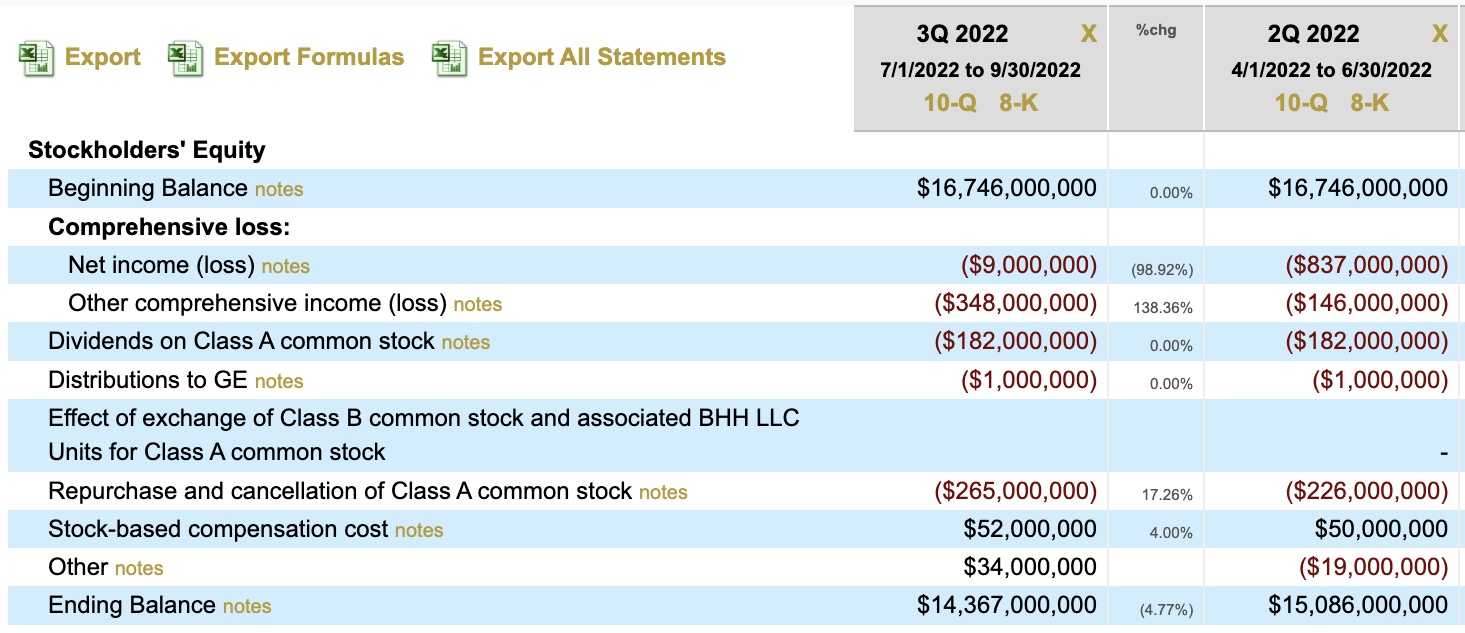Now that third-quarter earnings statements are arriving fast and furious, we should review one important financial disclosure that’s likely to come up more often than usual: foreign currency adjustments.
Foreign currency adjustments are an issue right now thanks to the soaring value of the U.S. dollar. That makes sales in overseas markets more difficult, because U.S. goods are more expensive once they’re priced into local currencies. It also means that once those local sales are translated back into U.S. dollars, most companies will report a “foreign currency translation adjustment” that’s a negative number.
Why? Because the sale might be first booked at the start of the quarter at, say, $100. But by the time the sale closes several weeks later, the dollar’s value has risen so that $95 buys the same amount of local currency — which translates into a “loss” of $5 on the sale. That loss bypasses the income statement and gets reported as part of Other Comprehensive Income in the statement of equity.
We’ve already seen some companies report foreign currency translations in their third-quarter 2022 statements that are striking. For example, Figure 1, below, shows the disclosure for oil services giant Baker Hughes ($BKR). The relevant line item is shaded gray:

First, Baker reported a $321 million downward adjustment. That gets reported as part of its comprehensive loss (which is not the same as net income loss) on the company’s statement of shareholder equity. Baker already reported a net loss of $9 million for the quarter on the income statement. Then came the $321 million foreign currency hit, which was the lion’s share of a comprehensive loss that totaled $348 million.
That, in turn, helped drive shareholder equity down from $16.7 billion at the start of the quarter to only $14.4 billion by Sept. 30. See Figure 2, below.

Aside from the sheer size of the adjustment, a second point to remember is the growth of that adjustment. Go back to Figure 1, above. That $321 million foreign currency adjustment for Q3 is more than double the adjustment for Q2. The adjustment for the first nine months of 2022 ($474 million) is more than nine times larger than the adjustment for the same period in 2021.
We’re going to see similar dynamics over and over again this quarter, and probably in future quarters too until the U.S. dollar retreats from its soaring heights. For example, Netflix ($NFLX), a radically different company from Baker Hughes, saw its foreign currency adjustment balloon from a $29.6 million loss one year ago to a $103.2 million loss this quarter. Figure 3:

How Can You Find More?
Calcbench lets you find and study foreign currency adjustments in several ways.
First, while you’re studying one specific company on the Company-in-Detail page, go to the tab listed as Comprehensive Income. That will pull up all the adjustments made to comprehensive income — adjustments that typically aren’t included in the income statement. Many times a company will report a positive number for “AOCI” (adjusted other comprehensive income), but these days the foreign currency translations can push AOCI into a loss.
You can also search these disclosures in groups of companies. Go to the Multi-Company page, and then search for foreign currency adjustments in the standardized metrics text field. For example, try this metric:
OtherComprehensiveIncomeLossForeignCurrencyTransactionAndTranslationAdjustmentNetOfTax
When you search that, you can find a range of companies reporting a foreign currency loss on the Comprehensive Income Statement. We found several dozen for Q3 already, from Danaher Corp. ($DHR), with a $1.04 billion loss; to food maker General Mills ($GIS) which actually reported a $3.8 million gain.